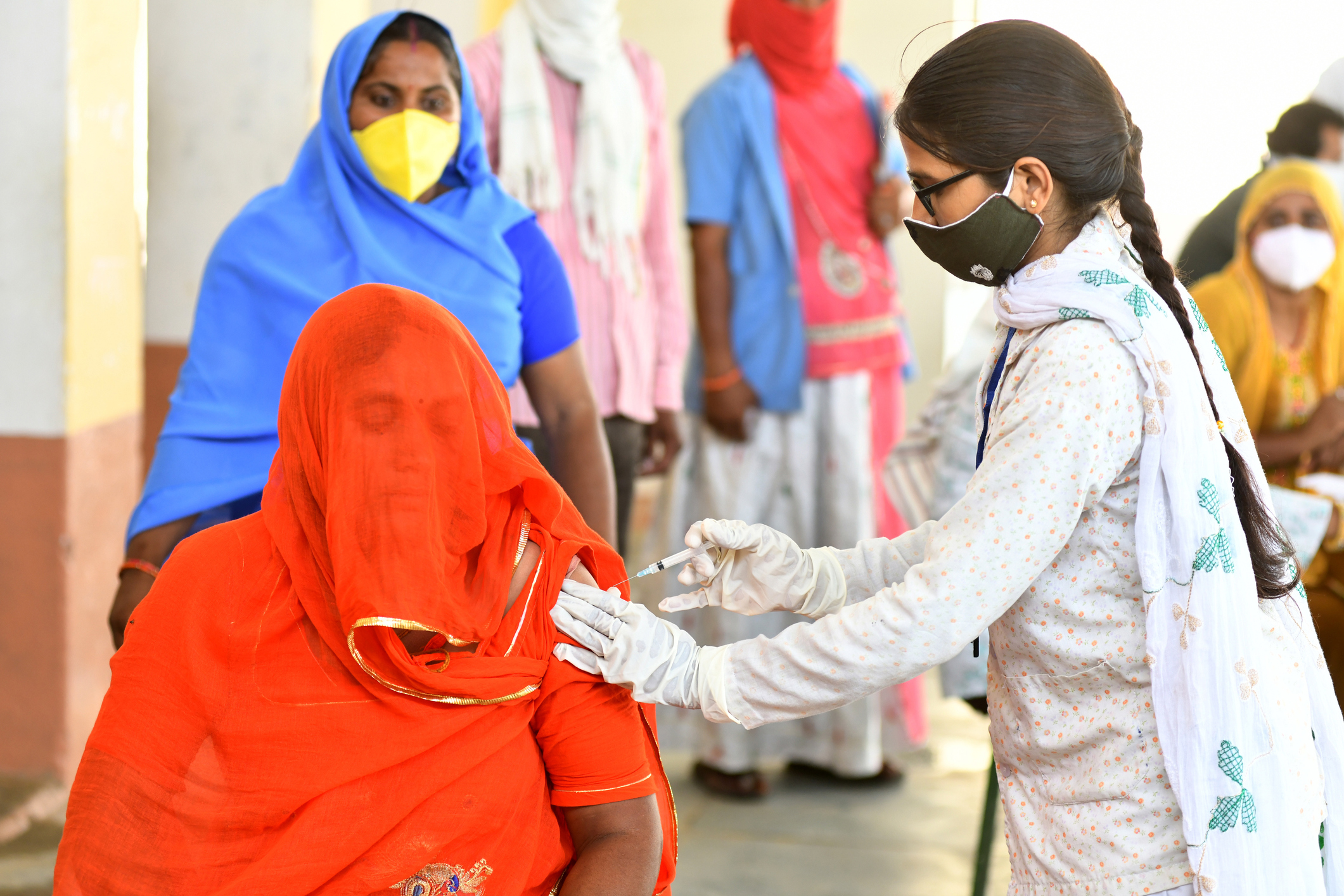
02 Jul Publication in Nature: The Pandemic’s Lasting Health Burden on People, Societies and Economies
After nearly a year and a half into the COVID-19 pandemic, we are still grappling with the overwhelming number of deaths and the long-term harmful effects of the disease. In order to best understand the lasting consequences of COVID-19 on the health care system, we need a much clearer understanding of the disease burden. In a recent article published in Nature, Joep Lange Chair, Prof. Anna Vassall and Prof. Andrew Briggs, wrote about the importance of focusing on the pandemic’s long-term consequences on people, societies, and economies.
The article, titled “Count the Cost of Disability Caused by COVID-19” illustrates how identifying DALYs and QALYs (disability-adjusted life years and quality-adjusted life years) can inform health policy and capture the impact of illness on a person’s life course. One DALY represents one year of healthy life lost due to illness, disability, or death, whereas one QALY can be seen as one year of perfect health. QALYs and DALYs are calculated by considering the overall impact of different types of ill health over the course of a lifetime. Both Prof. Vassall and Prof. Briggs are health economists and therefore use metrics such as QALYs and DALYs to estimate the years lost, on average, due to COVID-19. “Here we offer a very rough first estimate, based on simple assumptions, that as much as 30% of the COVID-19 health burden could be due to COVID-induced disability, not death.” This is not an insignificant number.
Briggs and Vassall highlight that 6% of the global population lives with two or more comorbidities that put them at a higher risk of death or disability from COVID-19. If governments use QALYs and DALYs to compare interventions targeted at specific co-morbidities versus those targeted at COVID-19 alone, they will better map the impact of COVID-19 on vulnerable populations. Using metrics that capture how ill health, disability, stigma and poverty interact with COVID-19 can help efforts to overcome the pandemic.
While there is no clear path to eliminating COVID-19, the pandemic has shown us the importance of health information systems and how we can continue to improve them. For example, there are data gaps in lower- and middle-income countries (LMIC) because of lacking infrastructure needed for measuring morbidity as well as mortality. Data on deaths and disease in vulnerable groups in many countries, including HIC and LMIC, are the most challenging to collect. Finally, they highlight the lack of research funding and prioritization within governments.
If you would like to learn more about QALYs and DALYs and their relevance to COVID-19 research, you can read the entire article here.
